BY: PRAVEENA THIRUNATHAN
CH-CH-CH-CH-CHIA! If that tagline sounds familiar to you, that’s probably because you were alive during the 80s and 90s, when this lovely infomercial was playing on the nonstop on the TV. Dubbed “Chia Pets”, the creepy clay animals became a sensation because of their ability to grow chia sprouts in no time at all, giving the “pet” the illusion of growing out their fur (or hair!). The cool trendy sensation died down after a while (unbelieveable I know), but have no fear, the chia seed itself made a comeback….in the form of a health supplement!…..wait what? How did that happen?

https://giphy.com/gifs/tumblr-featured-N43z2n4gUrpD2
First, a brief history on chia seeds. The seeds come from the plant Salvia hispanica, native to Mexico and Guatemala, and were important to the Aztec as a staple food crop much like maize or beans [1]. They first became popular in American pop culture during the late 70s, when the great marketer Joe Pedott found a handmade Chia Pet (clay animal with space for soil and a chia seed gel) at a housewares fair, sold by a man named Walter Houston [2]. He had a feeling that this Chia Pet would be a bestseller, if only given the marketing it deserved. Joe traced the origins of the chia pet back to Mexico, and after seeing how the middleman between Walter and the factory was taking most of the money for himself, Joe decided to buy the company from Walter and market the Chia Pets on his own. With an extensive marketing campaign (and its signature catchphrase, ch-ch-ch-chia), Chia Pets became an icon of American cultural history, so much that it earned itself a place in the New York Times time capsule [2].
https://www.youtube.com/watch?v=BDH99akggPg (chia pet commercial)
Thus, people have primarily known chia as that cute plant growing in an animal pot. But, how did it become so popular as a health food? Well, food science analyst Stephanie Pauk says that it started with a curious book called “Born to Run: A Hidden Tribe, Superathletes and the Greatest Race the World Has Never Seen” by Christopher McDougall, released in 2009, regaling the tale about how chia seeds were historically used as snacks by the Aztec marathon runners because of their high protein content [3]. From there, food companies and marketers took the advantage of chia seeds’ many health benefits (because if the ancient Aztecs ate them they have to be good for us right?!) and started to incorporate them in everything from smoothies to granola bars to beverages. And thus, a new superstar food was born.

I bet these guys ate a whole bunch of chia seeds! https://giphy.com/gifs/running-away-gif-montage-3oEjHTa6ldVdDi9S1O
Chia seeds are definitely rich in protein, containing around 16.5g of protein for every 100g of seeds [4]. Compared to eggs (12.5g per 100g) [5] or boiled chickpeas (9g per 100g) [6] that’s pretty good! That’s not the only health benefit they have to offer. They have a large quantity of polyunsaturated fatty acids (PUFAs), which are usually found in fish, nuts and olives. Of the total fatty acids in the seed, about 60% are omega-3 fatty acids [7] (yay PUFAs!) which are especially important in keeping your heart beat at a steady pace [8]. Chia seeds also contain some soluble dietary fibre, which passes through your gut undigested but is fermented by your gut microbiota, keeping your gut healthy and improving the movement of food through your digestive system [9]. However, keep in mind that despite all these wonderful health properties, you would need to consume more than 2 tablespoons of chia seeds in order to really reap their benefits [3]. Serving size is important to remember for all superfoods, so don’t allow yourself to be mesmerized by all the benefits one product says it has. Definitely make sure they are in physiologically relevant quantities. All the fibre and protein and phenolic compounds in the world won’t help you much if the food also has a ton of sugar and fat per serving!
Besides the great nutritional benefits, chia seeds have some cool functional properties as well! Have you ever bought chia seeds and brought them home to put into your overnight oats or smoothie? If you haven’t, well go do that now and come back I’m about to show you one of the the coolest features of these seeds. If you submerge chia seeds in ample amounts of water and wait, you’ll notice that after about 5 minutes, a gel-like shell forms around the seed. How? What? Where did that gel come from? Wasn’t it just a dry seed? You may hypothesize that something on the surface of the seeds is reacting with the water, forming that characteristic gelly sphere, and you’d be partially right. Chia seeds contain polysaccharides, long chains of carbohydrate molecules, that are water soluble. Thus, when you soak the seeds in water, the polysaccharides leach out of the seed coat and are available to interact with each other and their environment [10]. As they touch the water, the gum starts to bind to the water molecules forming a hydrated polysaccharide network. This network is the gel that we see on the outside of the chia seeds. This gum that is produced around the seeds can soak up large amounts of water, and in fact it was found that chia seed gum can absorb up to 27 times its own weight! [10] That’s pretty cool, am I right?

Most amazing thing I’ve seen all day… https://giphy.com/gifs/timelapse-chia-seeds-xUOxfodiMYFR50t0Eo
So, now that we know where chia seeds gained their popularity, and how good they are for us, the next question would be–how does one eat these mystical seeds? Nowadays, even though the chia “pets” may be hard to come by, actual chia seeds are now widely available in the supermarkets, bulk food stores, and health food stores. Food manufacturers have started to get into the chia craze both selling the seeds on their own as well as using their gel as a functional ingredient. Borneo et al. have shown that the chia seed gel can be used as an egg/oil replacer, which really increases the versatility of the chia seed, and allows for vegan cakes to be manufactured [11]. It’s also become a popular topping for smoothies, smoothie bowls and overnight oats. The gelling effect of the seeds may help you feel full, which in turn can lead to losing weight (since if you feel full, you’re not going to go back and eat more food).
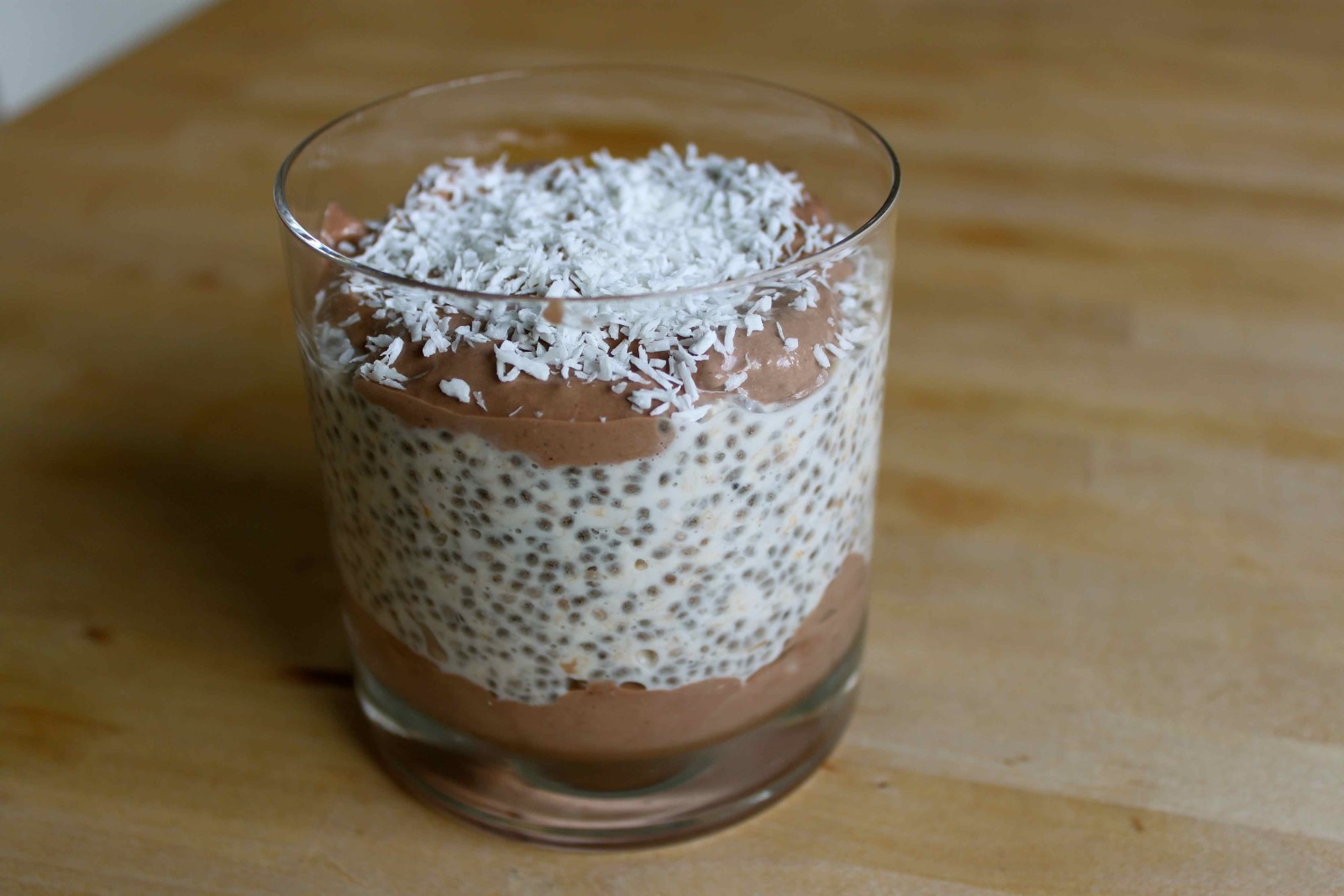
MMMMMM so tasty! https://loseweightandgainhealth.files.wordpress.com/2011/11/overnight-oats-with-chia-seed-and-choc-banana.jpg
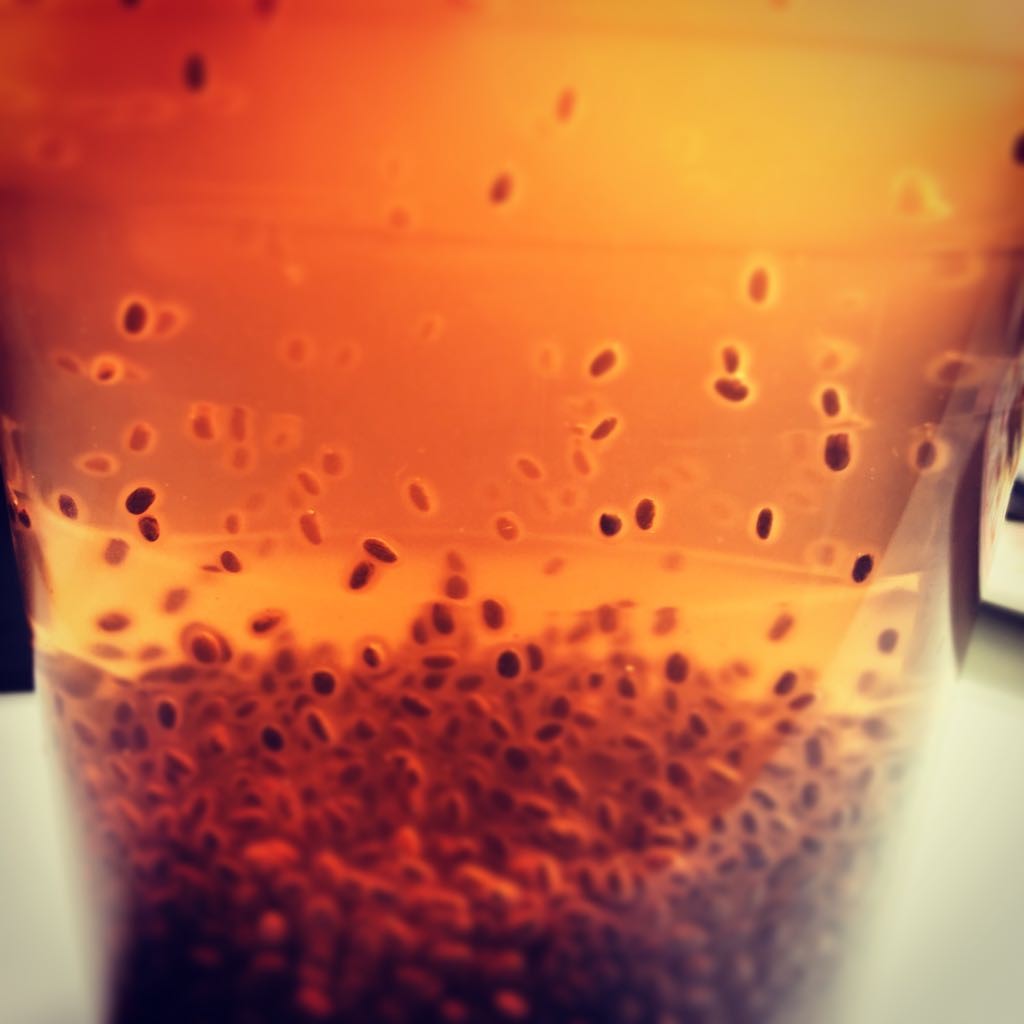
Oh yeah, and they’ll also look great on your Instagram (: (that aesthetic though)
In conclusion, Chia Pets are one of the ultimate symbols of the 80s, and a classic American pop icon forever ingrained in the heads of Generation X. Millennials today may have a very different thought when they hear the word chia, though. While the current chia seed drinks, overnight oats and smoothies may never achieve the same popular status as their pet ancestors, they sure are delicious, and may even have some health benefits if you eat enough of them. CH-CH-CH-CHIA!
References
-
Cahill, Joseph P. “Ethnobotany of Chia, Salvia Hispanica L. (Lamiaceae).” Economic Botany 57, no. 4 (November 1, 2003): 604–18.
-
Edwards, Owen. “Chia Pet.” Smithsonian. Accessed November 18, 2017. http://www.smithsonianmag.com/arts-culture/chia-pet-180308610/.
-
“Case of the Chia Seed: How Superfood Trends Develop.” Accessed November 18, 2017. https://www.ama.org/publications/MarketingNews/Pages/chia.aspx.
-
“Food Composition Databases Show Foods — Chickpeas (Garbanzo Beans, Bengal Gram), Mature Seeds, Cooked, Boiled, without Salt.” Accessed November 29, 2017. https://ndb.nal.usda.gov/ndb/foods/show/4796?fgcd=&manu=&lfacet=&format=Abridged&count=&max=50&offset=&sort=default&order=asc&qlookup=chickpeas&ds=Standard+Reference&qt=&qp=&qa=&qn=&q=&ing=.
-
“Food Composition Databases Show Foods — Egg, Whole, Raw, Fresh.” Accessed November 29, 2017. https://ndb.nal.usda.gov/ndb/foods/show/112?fgcd=&manu=&lfacet=&format=&count=&max=50&offset=&sort=default&order=asc&qlookup=eggs&ds=Standard+Reference&qt=&qp=&qa=&qn=&q=&ing=.
-
“Food Composition Databases Show Foods — Seeds, Chia Seeds, Dried.” Accessed November 29, 2017. https://ndb.nal.usda.gov/ndb/foods/show/3610?fgcd=&manu=&lfacet=&format=&count=&max=50&offset=&sort=default&order=asc&qlookup=12006&ds=&qt=&qp=&qa=&qn=&q=&ing=.
-
Peiretti, P. G., and F. Gai. “Fatty Acid and Nutritive Quality of Chia (Salvia Hispanica L.) Seeds and Plant during Growth.” Animal Feed Science and Technology 148, no. 2 (January 16, 2009): 267–75. https://doi.org/10.1016/j.anifeedsci.2008.04.006.
-
Leaf, Alexander, Yong Fu Xiao, Jing X. Kang, and George E. Billman. “Prevention of Sudden Cardiac Death by N-3 Polyunsaturated Fatty Acids.” Pharmacology & Therapeutics 98, no. 3 (June 2003): 355–77.
-
Esposito, Fabrizio, Guido Arlotti, Angela Maria Bonifati, Aurora Napolitano, Davide Vitale, and Vincenzo Fogliano. “Antioxidant Activity and Dietary Fibre in Durum Wheat Bran by-Products.” Food Research International 38, no. 10 (December 1, 2005): 1167–73. https://doi.org/10.1016/j.foodres.2005.05.002.
-
Muñoz, L. A., A. Cobos, O. Diaz, and J. M. Aguilera. “Chia Seeds: Microstructure, Mucilage Extraction and Hydration.” Journal of Food Engineering 108, no. 1 (January 1, 2012): 216–24. https://doi.org/10.1016/j.jfoodeng.2011.06.037.
-
Borneo, Rafael, Alicia Aguirre, and Alberto E. León. “Chia (Salvia Hispanica L) Gel Can Be Used as Egg or Oil Replacer in Cake Formulations.” Journal of the American Dietetic Association 110, no. 6 (June 1, 2010): 946–49. https://doi.org/10.1016/j.jada.2010.03.011.
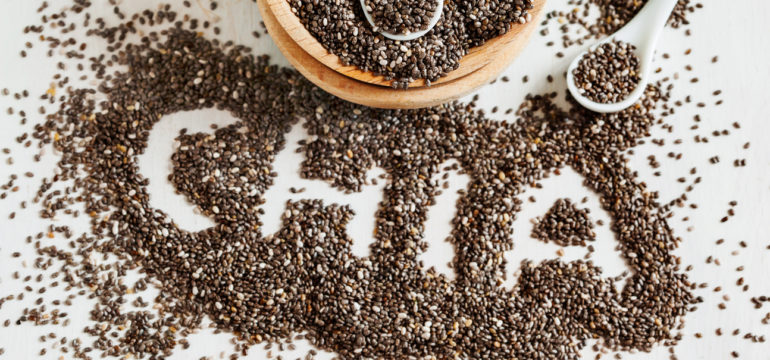
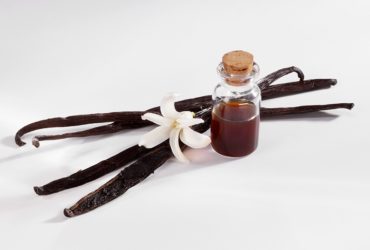
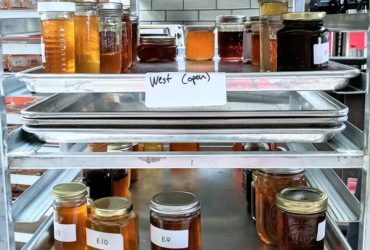



What a great post! I love all the funny graphics – and this is great information too! What other 90s -kids toys can we eat I wonder…